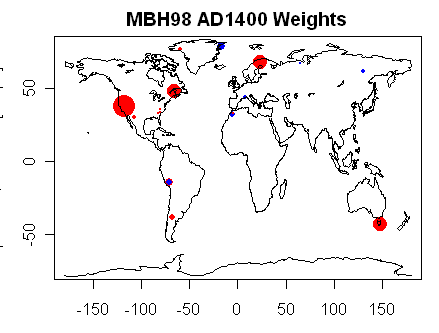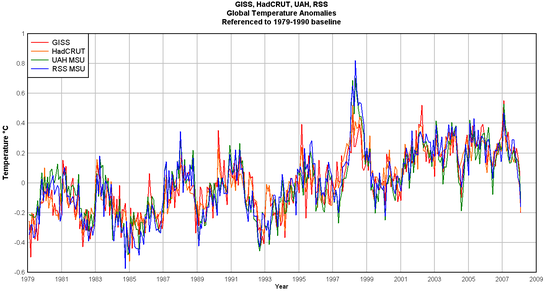Cross posted from Coyote Blog:
Of late, I have been getting the strongest sense that the global warming hysteria is sucking all the oxygen out of the rest of the environmental movement. Quick, what is the last environment-related article you read that didn’t mention global warming?
Here is an example: I give a lot of my charity money to groups like The Nature Conservancy, because I personally value preservation of unique areas and habitats and I don’t sit around waiting for the government to do it for me. But it has become almost impossible of late to drum up enthusiasm from contributors for such causes, unless the land can be labeled a carbon-sink or something. In fact, the global warming hysteria has really been a disaster for private land conservation because it has caused politicians to subsidize ethanol. This subsidy is bringing much more wild land into cultivation in this country and has been the single biggest driver for deforestation in the Amazon over the last decade.
Or take China. China’s cities are an unhealthy mess. But focus on global warming has led environmentalists to take the position with China they have to stop coal combustion and growth in auto-miles entirely. This is a non-starter. There is no WAY they are going to do this. But it is much more achievable to start getting China focused on a Clean-Air-Act type of attack on vehicle and coal plant emissions of real pollutants like SO2. China could be made much more healthy, as the US has done over the last 30-60 years, but instead of working with China to get healthier, the focus is on getting them to shut down their growth altogether.
The UPI published a survey of people’s environmental priorities:
- drinking water
- pollution of rivers, lakes, and ecosystems
- smog
- forest preservation
- acid rain
- tropical rain forests
- national parks
- greenhouse emissions
- ozone layer
- nature around "my" home
- urban sprawl
- extinction.
I feel like #1 is overblown based on a lot of media scare stories, but most of the top 6 or 7 would all be things I would rank well above global warming fears as well. There are still real issues to be dealt with in these areas which can have far more of a positive impact on health and quality of living than CO2 abatement, but they are being suffocated by global warming hype.


